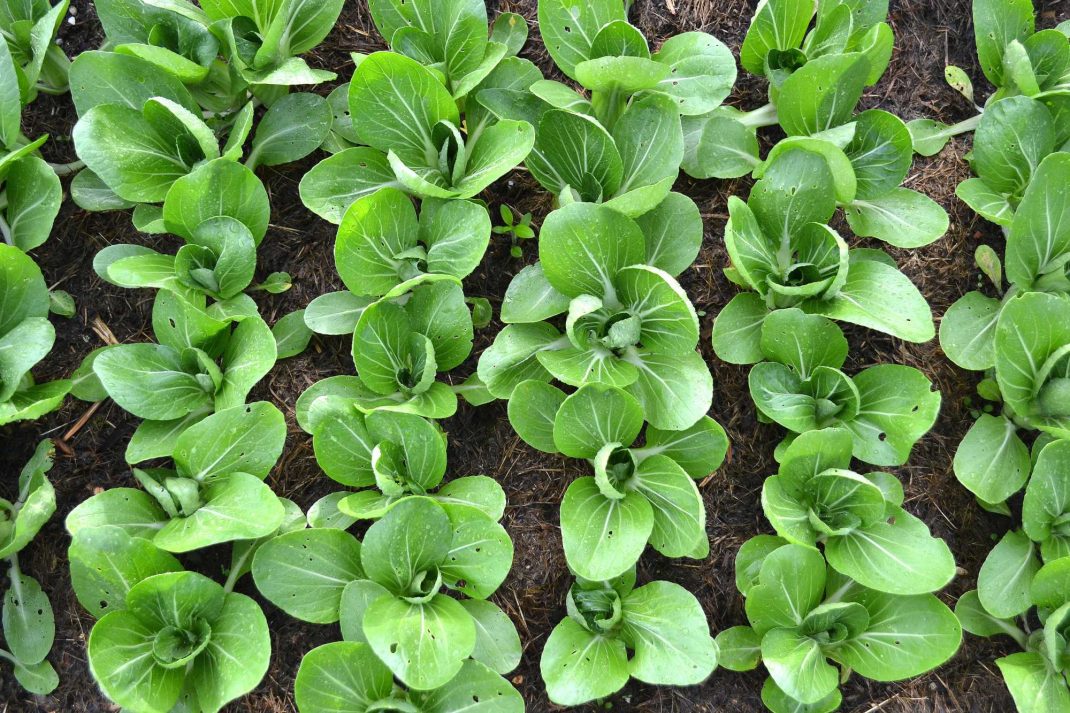Metal Raised Garden Beds - Do They Work?
Here are some points to consider if you’re thinking about installing wavy metal beds
Need help with your yard? Get your free quote today!
Get a Free Quote!
Wavy metal (corrugated metal) raised beds have grown in popularity thanks to their unique look, durability, and relative ease of assembly. Here are some points to consider if you’re thinking about installing wavy metal beds:
Pros
- Durability and Longevity
• Metal is naturally resistant to rot, insects, and fungal growth.
• Corrugated metal panels are often coated or galvanized, helping them withstand moisture and resist rust for many years.
- Distinctive Aesthetics
• The wavy, galvanized look can add a modern or rustic twist to your garden design.
• They pair well with both traditional and contemporary garden styles.
- Lightweight and Easy to Assemble
• Corrugated metal panels are relatively light compared to lumber of similar size.
• Many kits come pre-drilled and ready to bolt together, making assembly quick (especially compared to building wooden beds from scratch).
- Minimal Maintenance
• Unlike wood, you generally don’t need to seal or stain metal.
• Wiping them down occasionally to remove dirt or leaf debris is often sufficient.
- Potential Portability
• Smaller metal beds can sometimes be relocated if needed (though moving them when filled with soil is still a challenge).
Cons
- Heat Conduction
• Metal can conduct and retain heat, especially in direct sun.
• In hotter climates, soil near the edges may warm up quickly and dry out faster. Gardeners may need to water more frequently.
• In cooler climates, the warmed soil can sometimes be beneficial for extending the growing season.
- Upfront Cost
• Corrugated metal panels can be more expensive initially than basic untreated lumber. However, considering their long lifespan, the cost might balance out over time.
- Sharp Edges
• Some metal beds have edges that can be sharp. Look for beds (or kits) that come with protective edging or rolled rims to reduce the risk of cuts.
- Risk of Rust (Depending on the Material)
• Although galvanized or coated metal is generally rust-resistant, over many years (and in very humid or rainy conditions) some wear or rust spots may appear.
• Properly coated or high-quality galvanized steel usually minimizes this issue.
Tips for Using Wavy Metal Raised Beds
- Insulation Lining
• In hotter regions, you can line the interior walls of the bed (either with cardboard, bubble wrap, or another insulating material) to help reduce the soil temperature fluctuations.
- Protect the Bottom
• If your bed is placed on soil rather than a hard surface, consider laying hardware cloth or weed fabric at the bottom to deter weeds and pests (e.g., gophers).
- Soil Depth and Filling
• Metal beds come in various depths. Choose a depth suited to the types of plants you’ll be growing. Taller beds may require less bending down to tend plants, but you’ll also need more fill material.
• You can save on fill by placing organic yard debris (sticks, leaves, or straw) in the lower part of the bed, then topping with compost and garden soil.
- Pay Attention to Orientation
• If you’re worried about heat, orient your bed so that the narrow sides face east-west. This reduces the time any single side is in direct sunlight, potentially keeping soil temperatures more moderate.
Final Verdict
Wavy metal raised beds are a stylish and durable option for gardeners seeking a low-maintenance solution. They stand up well to the elements and can last significantly longer than some wood options. Be mindful of potential heat buildup in warm climates and the initial investment. Otherwise, if you like the modern-rustic aesthetic and want a bed that resists rot and pests, wavy metal beds can be a fantastic choice for your garden. Did
